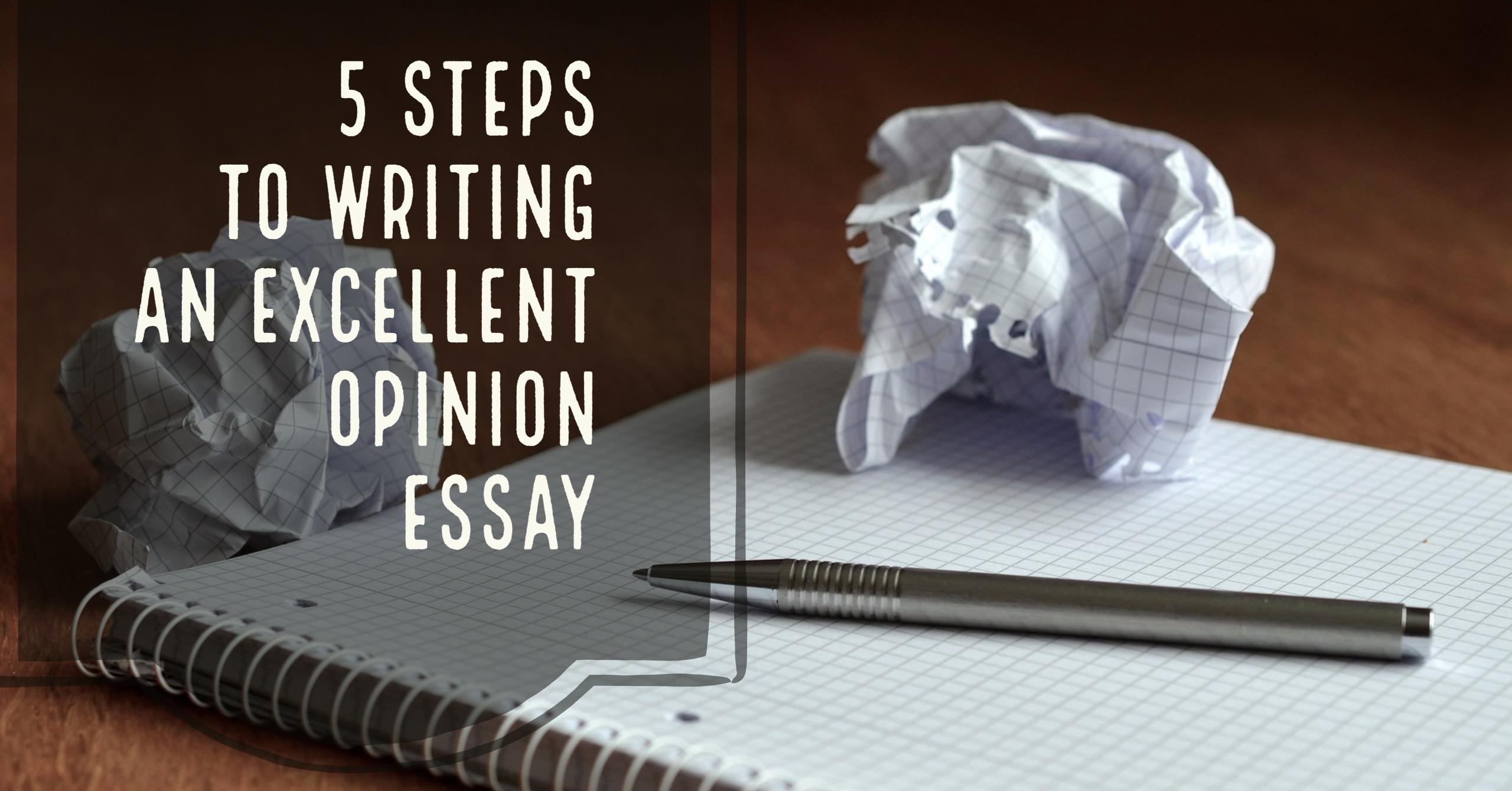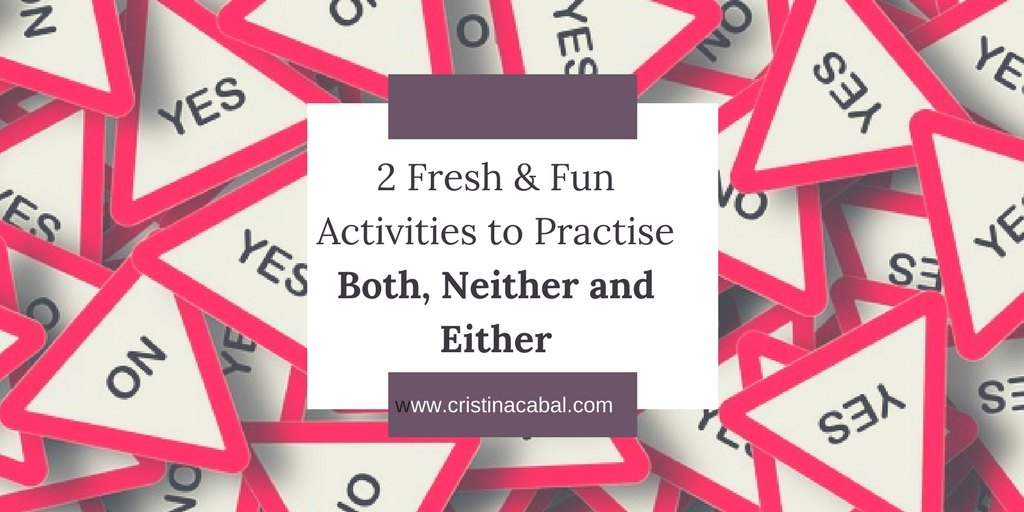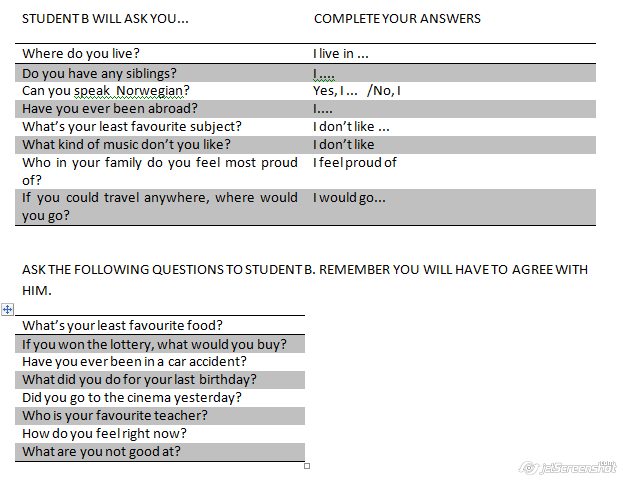Life Begins at 70: a Future Perfect and Future Continuous Lesson
“To me, old age is always ten years older than I am” John Burroughs
In this engaging lesson, students will consolidate the use of future perfect and future perfect continuous through some engaging activities.
WARM UP
Show them a picture of how you see yourself when you are 70 and explain why you see yourself like that. (below you’ll see the picture I showed my students). After some laughs and a bit of explaining, ask students:
How do you see yourselves when you are 70? Do you look forward to getting old?
Ask them to talk in pairs for two or three minutes and get feedback.

THE POEM- WARMING by Jenny Joseph
This is a nice opportunity to introduce poetry in class.
Explain that the poem they are about to listen/read, written by Jenny Joseph, goes hand in hand with the picture of yourself shown above. After listening to the poem, ask students whether they think the author is looking forward to getting old and why.
It seems the poetess is rebellious, but she is only comfortable to ‘break the rules’ when she has the excuse of old age and senility. Ask students what they think about her attitude.
GALLERY WALK
- On the walls of the class display pictures of elderly people reflecting different attitudes towards life when they are old.
- Ask students to stand up, have a look at all of them, and decide which one will best represent their attitude to life. They now return to their desks.
- Ask them to write two sentences using the future perfect and two sentences using the future continuous, based on the picture they have chosen.
- Get students in threes now and ask them to explain their choice to their partners and use the 4 sentences they have written.
- For example and based on my picture
- I will have tried parachuting when I am 70
- I will have probably written a recipe book.
- I will probably be living in Bhutan
- I will be living life to the fullest
I have used these pictures to display on the walls.
SPEAKING
Students now work in small groups and answer the following questions about the future. Remind them that they need to elaborate on their answers, giving reasons and using different expressions to give opinions. All the questions contain either a future perfect or a future continuous form; encourage students to use these tenses in their answers.
Five Steps to Writing an Excellent Opinion Essay
Doesn’t the title itself already encourage you to start writing straight away? Just kidding! I guess you need a stronger push than just a title. Well, I can provide this little push in the form of real examples of my students’ essays after following all these 5 steps. Just skip to Step 4 if you don’t believe me and bear in mind when you read their essays, they are B1 (intermediate) students.

Step 1. The difference between an opinion essay and a persuasive essay.
Opinion essay: in an opinion essay the writer states his opinion and supports it with facts, evidence and examples but he doesn’t try to convince the reader.
Persuasive essay: in a persuasive essay the writer tries to convince the reader to agree with his opinion. The author uses logic and facts, definitions and examples in order to persuade the reader to share his point of view.
Step 2. Top tips for writing an opinion essay
1 Basic do’s when writing an opinion essay
- Introduce each paragraph with a topic sentence, outlining the main ideas.
- Do not write about advantages or disadvantages or points for or against.
- Write in formal style.
2. Basic don’ts when writing an opinion essay
- Don’t use colloquial expressions.
- Don’t use short forms.
- Don’t use emotive vocabulary.
3. Decide whether you agree or disagree with the title. Try to think of at least two or three good reasons to support your opinion, including examples of why you think the alternative point of view is wrong.
4. Organise your essay into clear paragraphs.
- Introduction: Introduce the topic and give your opinion. Say whether you agree or disagree with the statement.
- Body: 2 or 3 paragraphs. For each paragraph give a reason to support your opinion.
- Conclusion: Summarize your ideas and repeat your opinion using different words.
5. There is a process to writing. Try to follow it. It will help you a lot
Step 3. Useful expressions and linkers
Download the pdf here
Step 4. Examples of opinion essays written by B1 students
Three essays written by B1 students to help you get started.
Step 5. 22 opinion essays to choose from
Your turn! Choose from one of the options and write an opinion essay.
Plan your content and organise it in four or five paragraphs (introduction, reasons and conclusion).
Write your CV or Resume with Free Editable Templates
Do you dread having to write your résumé or CV?
I’m dropping in right quick to show you something that could be really interesting if you need to write a résumé or a CV.
A few days ago, one of my students asked me a favour. She was considering applying for a job outside Spain and wanted me to “have a look” at her résumé.
The truth is that it’s never easy to write this kind of document and even less if it needs to be written in a language that is not your own. So, a bit of help, guidance and a model to copy is always welcome.
Canva is a free graphic-design tool website I have been using for about two years to create beautiful engaging posters for my class, but Canva collection of content types is continually growing and among other content types, they have recently introduced templates for résumés which are fully editable. Make sure you choose the free templates unless, of course, you don’t mind paying a small fee. And remember you can change colours, fonts, insert text, images…etc. Below you can see a small tutorial I have created to help you get started.
2 Fresh & Fun Activities to Practise Both, Neither and Either
If you think that teaching both, neither and either is a bit boring, I have good news for you. In fact, I dare say great news! It can also be fun!

It’s no secret on here that I love having fun in my classes but what people may not know is that although flexible when necessary, my classes are carefully planned and games are not played just to keep my students entertained; on the contrary, they are carefully designed and used to improve certain abilities and with a clear goal in mind. If at the same time we can have a nice time, that’s the icing on the cake.
1.SOULMATES
This is a team game and it aims at practising the structures
- Both/Neither of them
- Both… and / neither…nor
Materials:
- 2 white cards with YES written on one side and NO on the other
- Teacher’s here

PROCEDURE
- Divide the class into two or three teams.
- Ask the teams to select two people to play for them and take the “hot seats”. These two students will sit facing their team.
- Decide which team starts the game by tossing a coin. Let’s say Team A starts the game.
- Explain you’re going to give each of the two members of the team a white card with YES written on one side and NO on the other. Tell them you’re going to ask them 10 yes/no questions.
- Their team will score a point every time these two students show the same answer to the questions asked, and the team provides a correct sentence containing the target structure.
- Repeat procedure for Teams B and C and give a big applause to the winners.
Example 1.
- Teacher asks: Have you ever scored 10 out of 10 in an exam?
- Student A: YES Student B: YES
- Team: Both of them have scored 10 out of 10 in an exam / Both Mary and Peter have scored 10 out of 10 in an exam (1 point)
Example 2.
- Teacher asks: Have you ever scored 10 out of 10 in an exam?
- Student A: NO Student B: NO
- Team: Neither of them have/has scored 10 out of 10 in an exam / Neither Mary nor Peter has scored 10 out of 10 in an exam (1point)
Example 3
- Teacher: Have you ever scored 10 out of 10 in an exam?
- Student A: YES Student B: NO (0 points)
2. CHANGING SCHOOLS
This communicative activity has two parts.
In part 1, students will have a conversation where the aim is to agree with their partner using the structures:
- So do I- to agree with a positive statement
- Neither do I or I don’t either- to agree with a negative statement
In part 2, students will report back to the class using:
- Both/Neither of us…
- We both…
- Both … and … / Neither … nor…

PROCEDURE.
PDF teacher’s here
- Ask students to work in pairs and give them Handouts A and B.
- Ask them to complete the answers.
- Explain the context. You have just changed schools and you don’t know anybody in the class. You want to make new friends quickly and the best way, if not the most honest one, would be to agree with whatever the student sharing your desks says. So, five minutes before the next class starts you decide to strike a conversation with the student sitting next to you.
- Start by introducing yourself and then ask your classmate some questions.
- Your classmate will introduce himself and also ask some questions. Make sure you agree with everything he/she says using the structures.
So do I- to agree with a positive statement
Neither do I or I don’t either- to agree with a negative statement
- Ask students to report back to the class using:
- Both/Neither of us..
- We both…
- Both … and … / Neither … nor…
Ex. Both of us have one brother/We both have one brother/ Both Peter and I have one brother.
Neither of us can speak Norwegian/ Neither Peter nor me can speak Norwegian
Example Handout Student A

You might also be interested in the following


